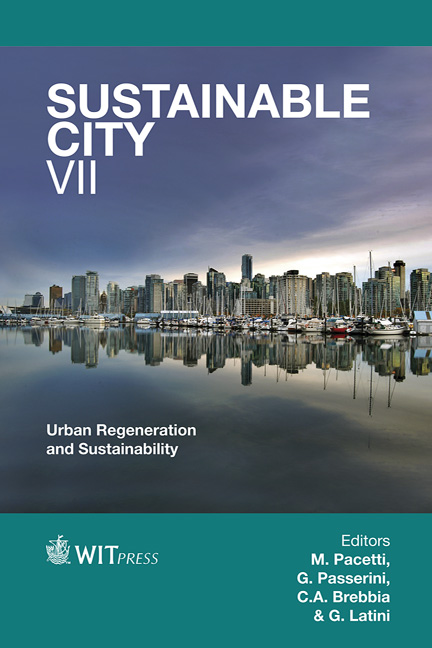Mitigating Disasters In The 21st Century
Price
Free (open access)
Transaction
Volume
155
Pages
8
Page Range
1017 - 1024
Published
2012
Size
341 kb
Paper DOI
10.2495/SC120852
Copyright
WIT Press
Author(s)
S. M. Marjanishvili
Abstract
The term reliability, resilience, risk and redundancy are often used to convey similar or the same concept in literature. Typically, none of these terms are defined in a computationally rigorous manner. Each of these terms has a unique mathematical meaning. However, resiliency and robustness have the special distinction of being particularly powerful because they are completely threat independent. Although it is possible to design structural systems to resist virtually any threat, it is impossible to design these systems to resist all possible threats. Even if all threats could be defined today, they cannot account for unknown future threats that may occur during the life of the structure. As a result robustness evaluation could be useful in prioritizing buildings and critical infrastructure for the purposes of allocating mitigation dollars potentially allowing for a way to optimize both sustainably and effectively. In this paper, the basic concepts used in probabilistic assessment approaches are described and an argument is made for using robustness and resiliency as the primary means for evaluating, repairing and replacing our structural systems in the 21st century. Keywords: risk, reliability, robustness, resiliency. 1 Introduction Common engineering practice in multi-hazard design is to consider each natural hazard independently. The underlying assumption is that it is highly unlikely that one disaster will be closely followed by another sequentially. This approach dominated large part of the 20th century. As a result, today we have a good understanding of material constitutive modelling and efficient algorithms enabling large computer programs to run analysis on powerful computers. The engineering community has made large strides in designing structures to withstand known hazards, leading to improved reliability and safety of infrastructure. Improved reliability and safety in turn has supported population
Keywords
risk, reliability, robustness, resiliency.





